
70 Years Of Porsche: A Brief History Of The 911
- Jun 11, 2018
- Views : 2131

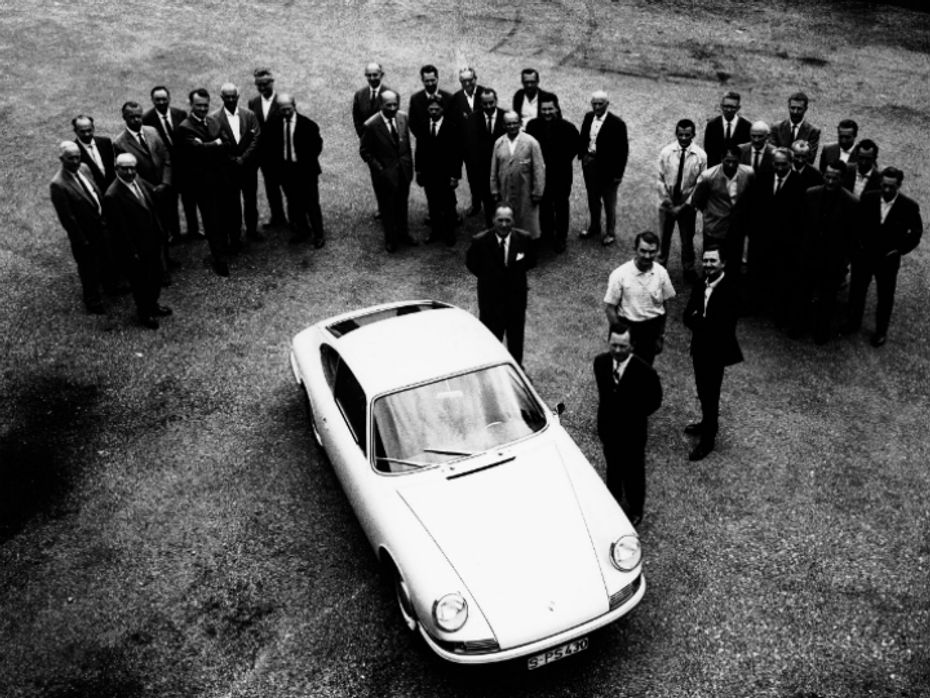
The year is 1981. Porsche A.G is set to welcome a new era in the company’s long and illustrious history. The company has a new CEO, new models like the 928 and the 924 are doing exceptionally well and the company is geared up to write a new success story in the eighties. But it would do all of that and surf the high tide of success without the 911.
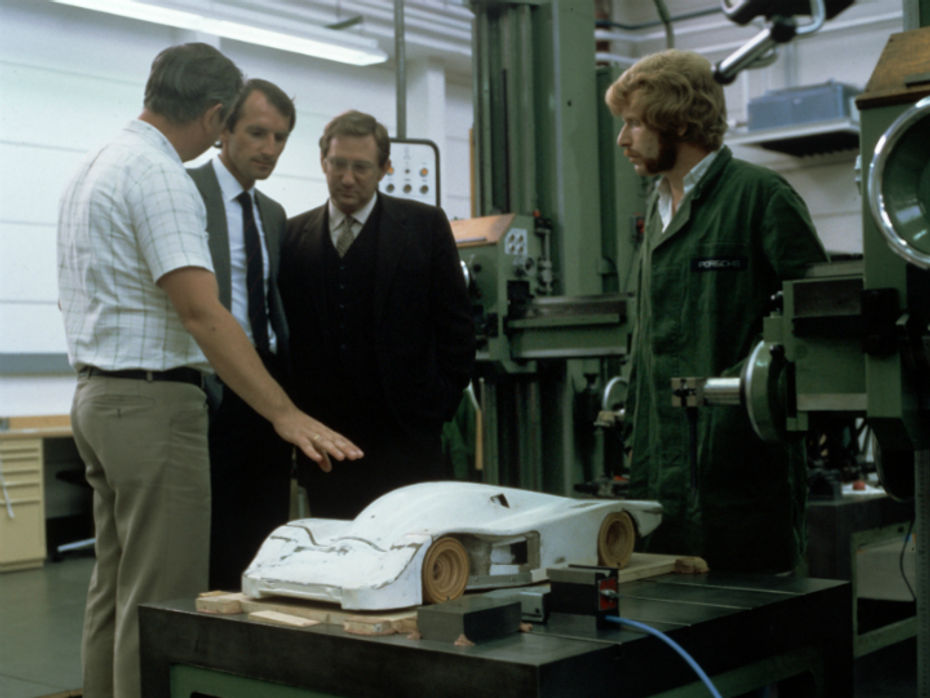
It seems apocalyptically blasphemous to even imagine Porsche without the 911. Maybe there exists an alternate timeline where the iconic rear-engined temperamental beast dies in 1981. Luckily, this is not that reality. But at the time, it certainly seemed so. It had been set in stone, in black and white, the 911 would die and the mantle for the Porsche flagship would be handed to the new front-engined 928. No one could undermine that decision apart from Peter Schutz, the new CEO armed with a chart and a marker.
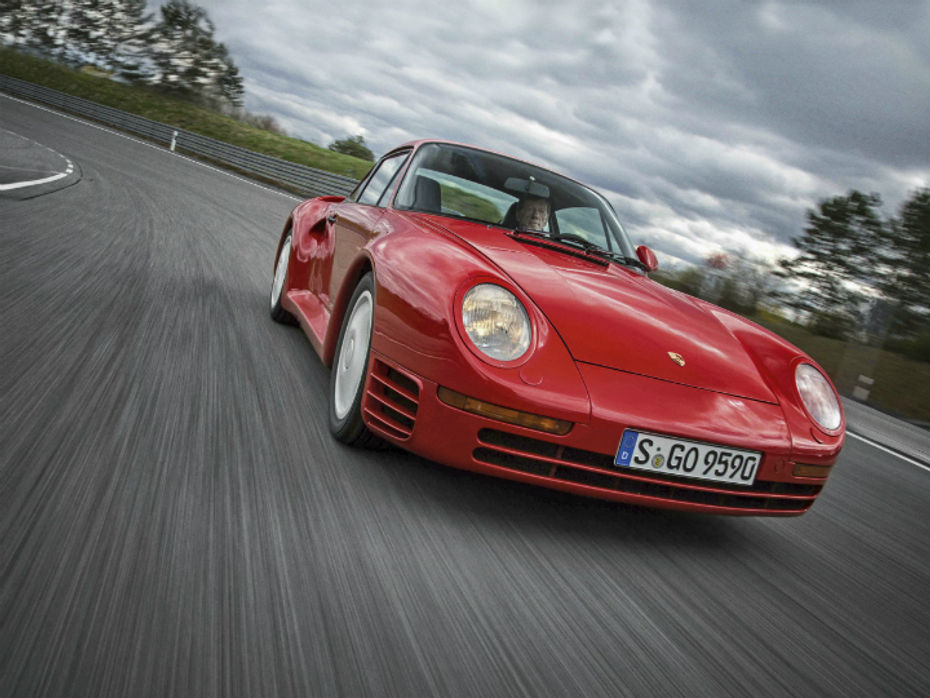
When he met Prof. Helmuth Bott in his office, he took his marker and stretched the 911 line that stopped at 1981 all the way across the chart, onto the wall and out the door. The message was clear. Save the 911, do whatever it takes. And there was no better man for the job.
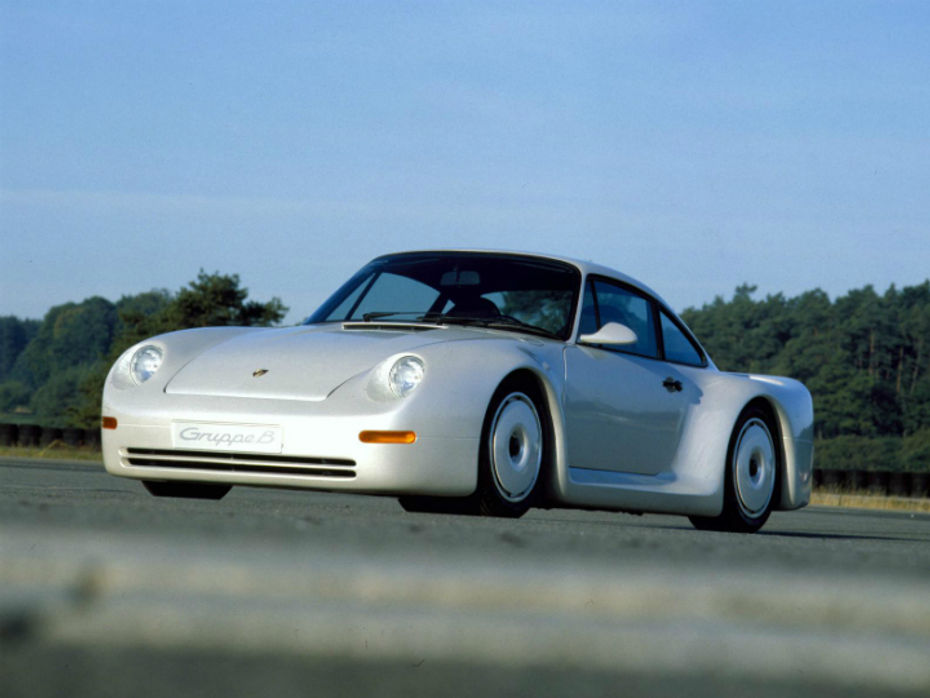
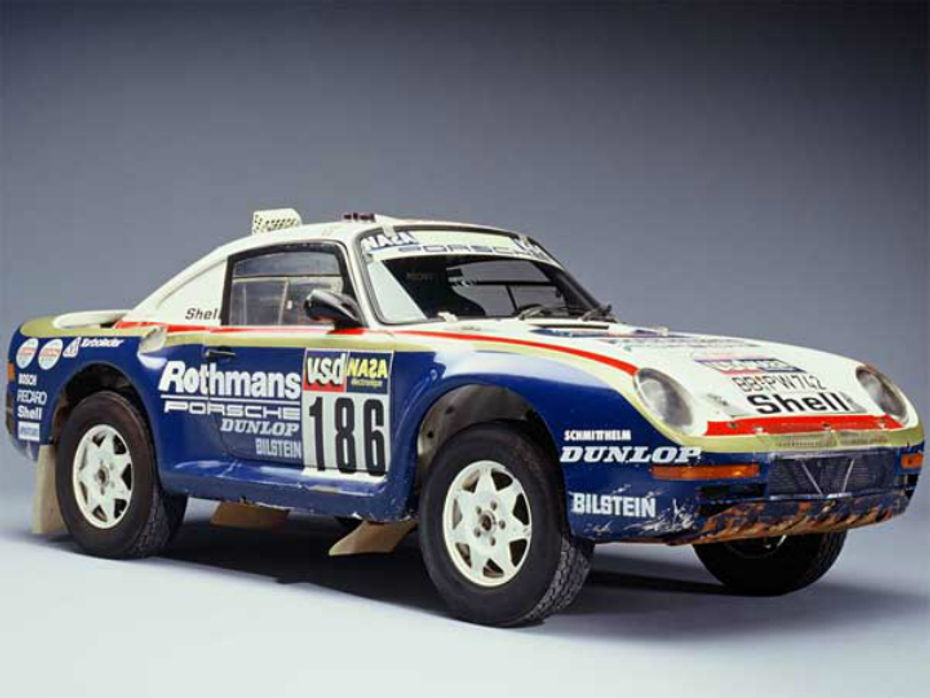
No category under the FIA umbrella gave as much freedom to manufacturers as the famous (or infamous, depends on who you ask) WRC Group B category. Plus, at the time Porsche’s motorsport program had begun to dwindle and the new car could help revive the glory days once more. Ironically though, due to the sheer complexity of the car and the height of Bott’s ambition, by the time the 959 would be ready for homologation in 1986, Group B would be history. The only race the 959 race car actually saw action was the 1987 Paris-Dakar rally, where it took a 1-2 finish, cementing its place in the history books.
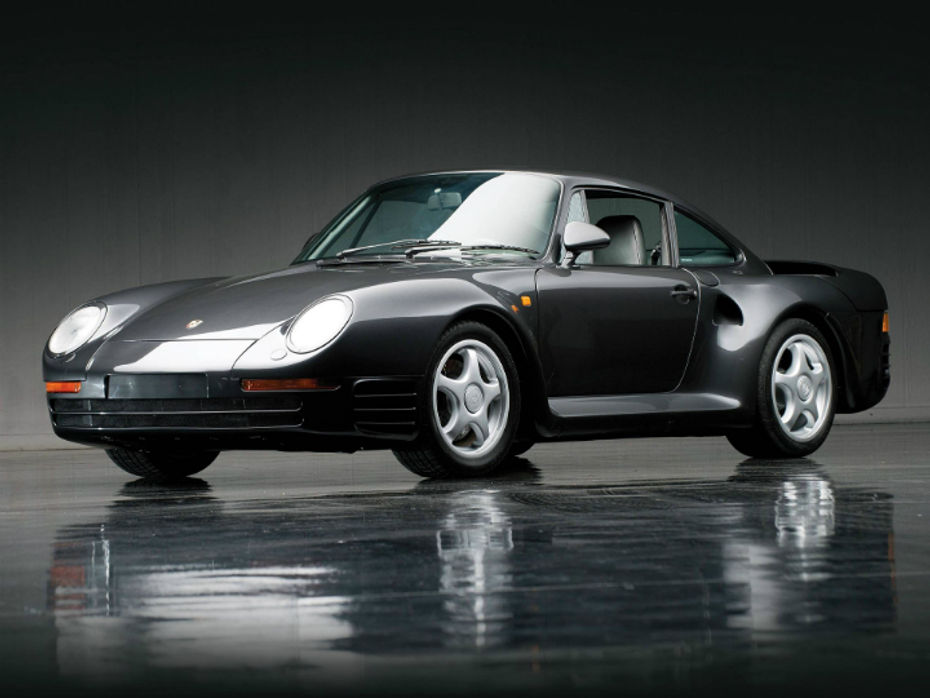
But when it hit the market in 1986, it took the entire world by storm. At the time sportscars were still built from steel, had more lift than a 747’s wing and the designs were dictated by imagination rather than physics. But when the 959 appeared, it flipped the car industry on its head. Though it was still quintessentially a 911, the engine still sat on the rear axle, the wheelbase was the same and even the glass house was no different. The steel monocoque from the 911 would form the foundation of the 959, simply because it was the 911 that they were trying to save after all. And no matter how daft the idea of a rear-engined sports car might have been, it had an almost cult like following and still does.
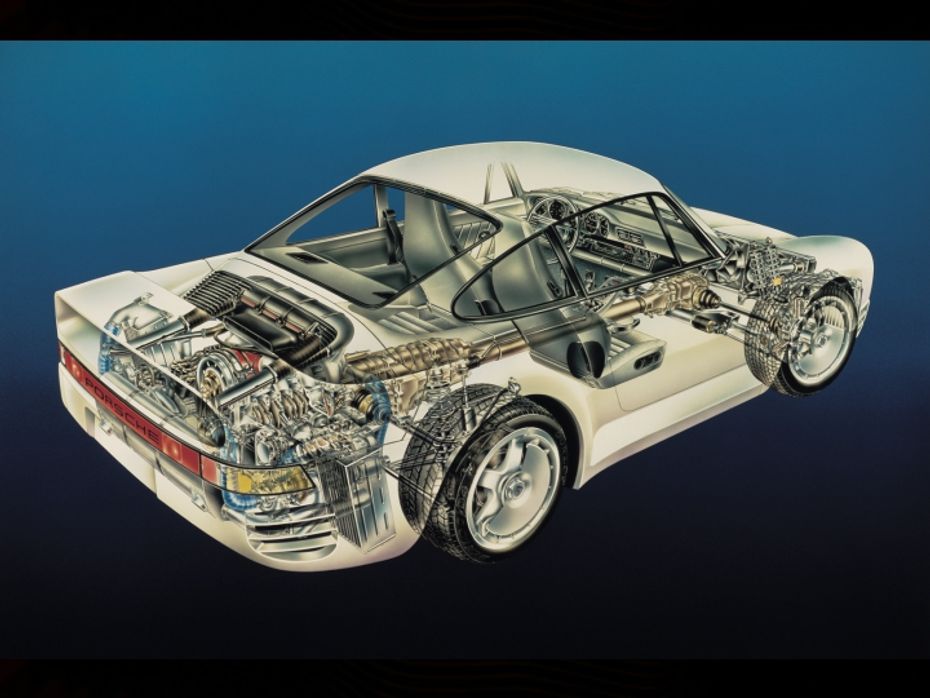
To balance out the rather hefty chassis, Porsche pursued lightness by making the doors and the front ‘bonnet’ out of aluminium, the bumpers out of polyurethane (plastic, basically) and the rest of the car from fibreglass reinforced with Kevlar. The styling was shaped by the wind tunnel at Weissach and the body had a drag coefficient of 0.31 and zero lift, none whatsoever.

The engine too was from a 911, well sort of. Bott chose to develop an existing engine which he picked from the 1976 935 race car to keep the costs low. Plus is, you already have a race-winning engine lying around, so why make a new one? Though the engine, at 2.85 litres, was about 500cc smaller than the one used in the 911s of the time it was insanely more powerful. It had titanium connecting rods and a 4-valve head, a first for a roadcar of the time. The heads had to be water-cooled separately, just like the racecar, while the block itself was air-cooled. It was twin turbocharged but came with sequential turbos to keep the power delivery linear and negate turbo lag almost completely. As a result the car produced 450PS of max power, compared to about 300PS in standard 911s of the time. The engine was mated to a Getrag-sourced 6-speed manual gearbox, again a first for the time, which sent power to all four wheels via a Bosch Motronic engine. It allowed the driver to choose different torque splits between the front and rear axles depending on driving conditions. All this in an era when the best cars we had were a 30 year old derivative of the Morris Oxford and a car called the Padmini.
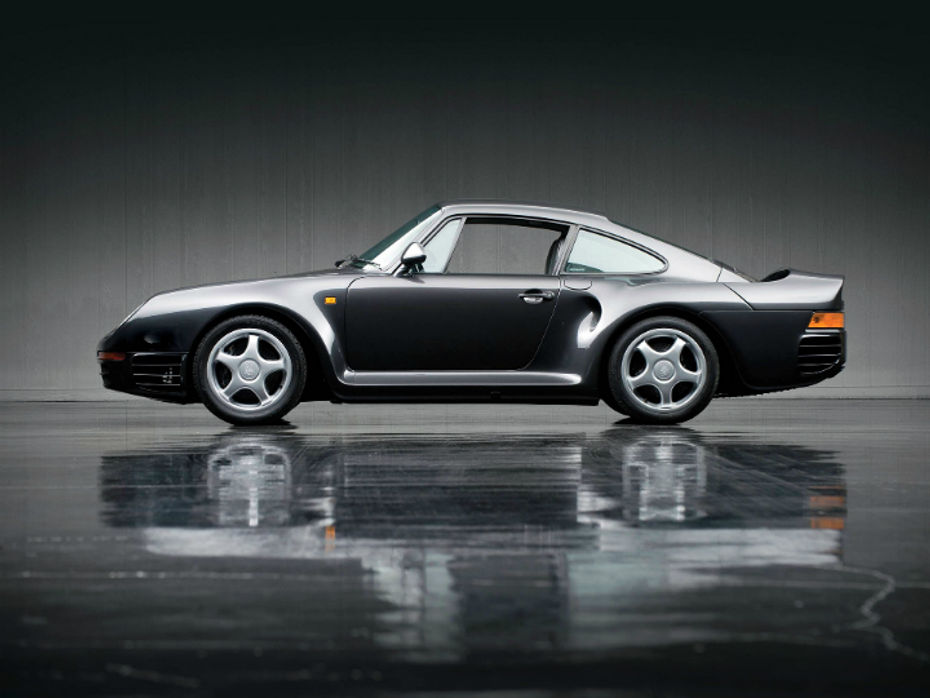
The brakes came with ABS while the 17-inch wheels were hollow and made from magnesium like the company’s race cars. The hollow wheels maintained tyre pressure better and provided better stability at speed. The 959 even used run flat tyres, another first for the time. The suspension used double wishbone setup all round along with coil springs and twin hydraulic dampers at each wheel, all of which were computer controlled. Drivers could even adjust the car’s ride height and suspension stiffness via a dial on the centre console. Oh, and it even had a tyre pressure monitoring system.
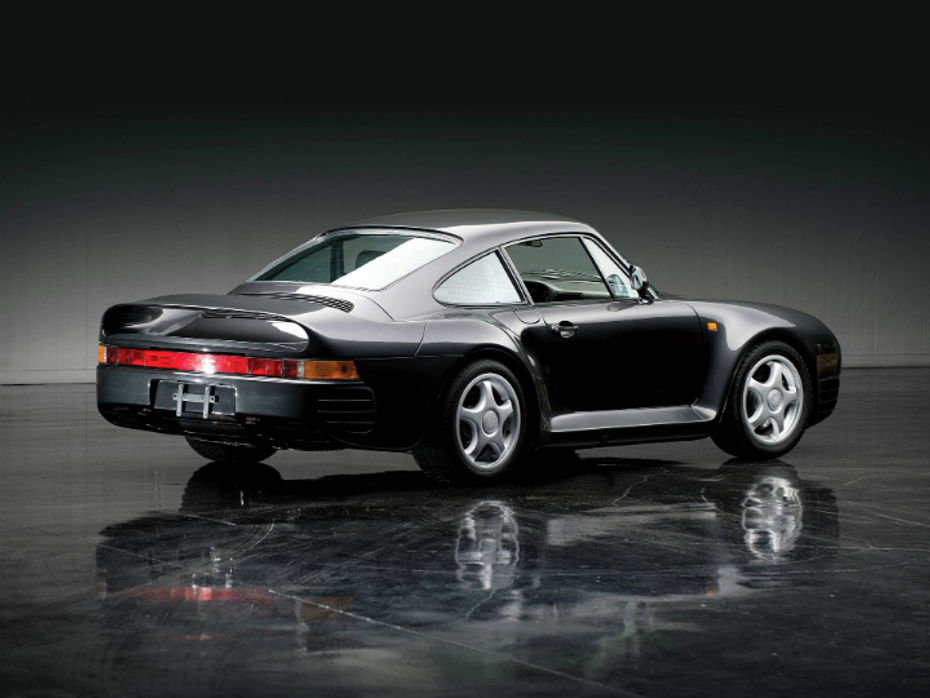
As a result, the 959 could hit 100kmph from standstill in just 3.6 seconds and dart to 160kmph in 8.8 seconds. In 1986. My parents hadn’t met each other back then. And here was a car that was as fast, if not faster than, any modern day sports cars. The top speed was rated at 330kmph, which also made the 959 the fastest production car in the world of its time.
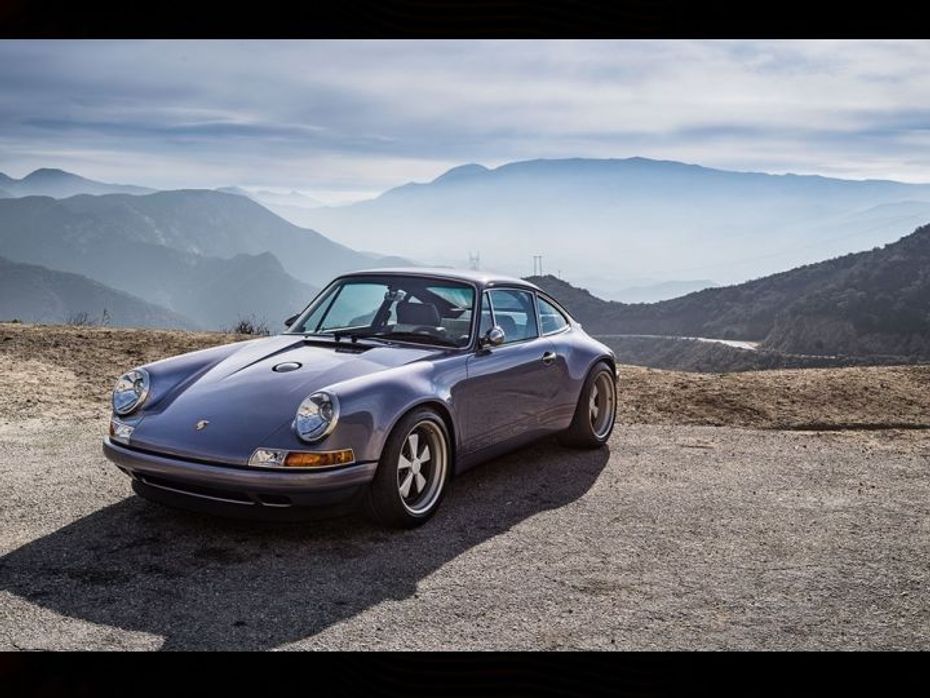
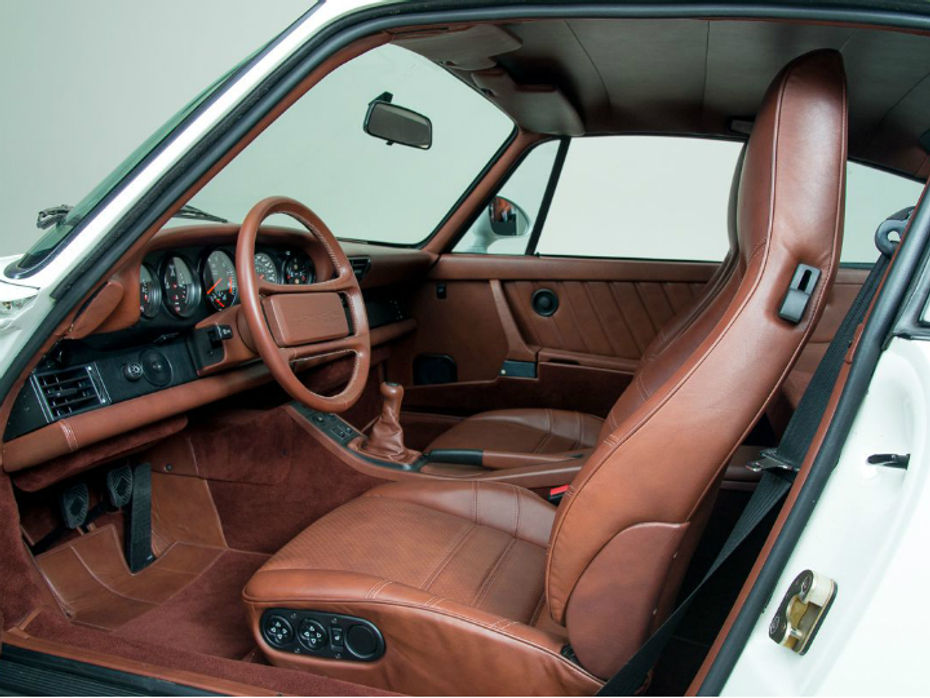
But in the late eighties, all this greatness came at a cost. The 959 cost $2,25,000 when it was new in 1986, which in today’s money would be a whooping $5,00,000. But a few years later, Porsche officials admitted that it cost the company over $5,00,000 or over a million dollars in today’s money to make. Bott’s zenith 911 was hand built in a small shop set up in Stuttgart. Due to the complexity of the production techniques and the materials used, the 959 couldn’t be produced on just any assembly line. This long and tedious process also delayed the deliveries of the legendary car by over a year, with Wolfgang Porsche getting his in 1987. USA didn’t get the 959 at all until 1999.
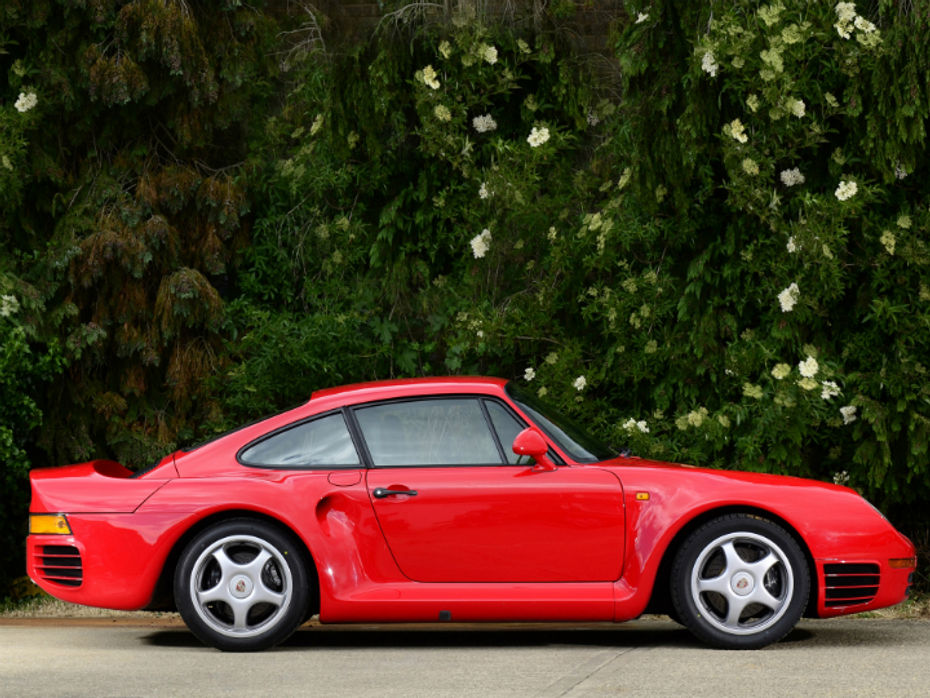
Plus, with 292 units sold, the total loss to the company was colossal. As a result, despite the sales of the company growing in leaps and bounds, Peter Schutz was ousted as CEO. He quit the company he practically helped build just a few months later deeply hurt by his unceremonious dismissal.
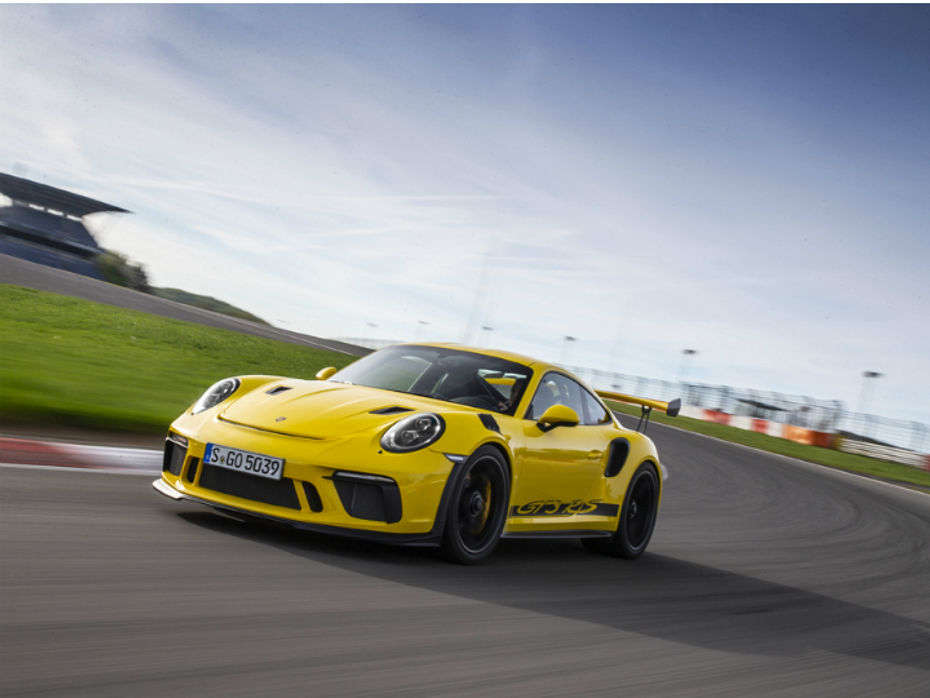
Their careers might have ended and both Peter Schutz and Helmuth Bott live among us no more. But by creating the 959, the two gentlemen saved the very identity of Porsche. The 911 remains an aspiration for many, including me. Wherever the great souls are, they can take pride in the fact that the line on Bott’s chart grows longer still.

70 Years Of Porsche: A Brief History Of The 911

Porsche Celebrates 70 Years Of Fascination

Taycan - Porsche's All-Electric Sports Car

Is The Porsche 911 Speedster Concept The 991’s Last Hurrah?

Porsche 911 Hybrid: The Long Wait

Legendary Porsche 935 Reincarnated

Nurburgring-Conquering Porsche 911 GT2 RS Launched In India

Porsche 911 GT2 RS Launch On July 10

The Most Powerful Non-Turbo 911 Will Cost You Rs 2.75 Crore

Narain Karthikeyan's New Toy Is A Porsche 911 GT3!
India's largest automotive community
 Here Are Some Adrenaline Pumping Experiences From Auto Expo 2025 That You Should Not Miss!
Here Are Some Adrenaline Pumping Experiences From Auto Expo 2025 That You Should Not Miss!
 All You Need To Know About The Surprise Element At Auto Expo 2025: BMW iX1 LWB
All You Need To Know About The Surprise Element At Auto Expo 2025: BMW iX1 LWB
 Hyundai Creta Electric Reaches Dealerships, Here’s A List Of Its Pros And Cons Before You Check It Out!
Hyundai Creta Electric Reaches Dealerships, Here’s A List Of Its Pros And Cons Before You Check It Out!
 MG Showcases A PHEV At Auto Expo 2025: The MG HS PHEV
MG Showcases A PHEV At Auto Expo 2025: The MG HS PHEV
 Porsche 911
Rs. 1.98 Crore
Porsche 911
Rs. 1.98 Crore
 Porsche Cayenne
Rs. 1.42 Crore
Porsche Cayenne
Rs. 1.42 Crore
 Porsche Macan
Rs. 96.05 Lakh
Porsche Macan
Rs. 96.05 Lakh
 Porsche Panamera
Rs. 1.69 Crore
Porsche Panamera
Rs. 1.69 Crore
 Porsche Cayenne Coupe
Rs. 1.48 Crore
Porsche Cayenne Coupe
Rs. 1.48 Crore
 Land Rover Range Rover
Rs. 2.36 Crore
Land Rover Range Rover
Rs. 2.36 Crore
 Volvo XC90
Rs. 1.00 Crore
Volvo XC90
Rs. 1.00 Crore
 Mercedes-Benz GLA
Rs. 50.80 Lakh
Mercedes-Benz GLA
Rs. 50.80 Lakh
 Toyota Vellfire
Rs. 1.22 Crore
Toyota Vellfire
Rs. 1.22 Crore
 Porsche 911
Rs. 1.98 Crore
Porsche 911
Rs. 1.98 Crore